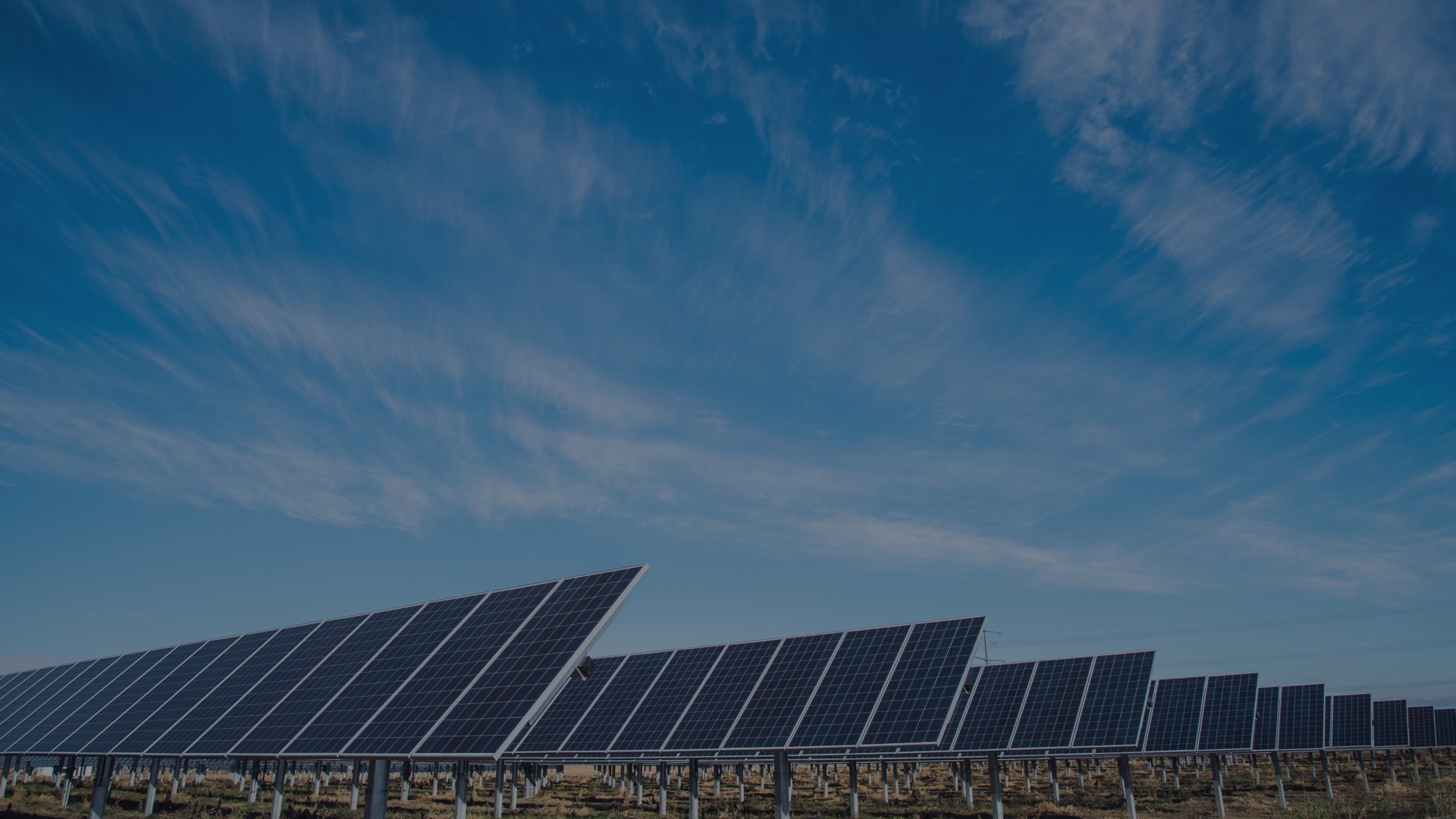New research from NPD Solarbuzz has revealed that the UK yearly demand for solar power has exceeded the 1GW mark for the first time.
The solar market research and analysis company suggested that the new findings have placed the UK as one of the top up and coming markets for the global solar industry.
Speaking to Solar Power Portal, vice president for NPD Solarbuzz Finlay Colville said that the solar market remains strong despite a number of pressure groups criticising the industry.
According to the research, the demand for solar photovoltaics (PV) saw a drop in the second quarter to 282MW, but the industry was supported by strong first quarter figures of 520MW. With the installed capacity achieved during July and August, the total yearly demand has passed the 1GW milestone.
When considering all the solar PV that has been installed in the UK to date, the country boasts over 2.7GW of the technology.
The residential market makes up the majority of the installations, with 50 per cent based on households. In the commercial sector, some 22 per cent of solar PV is installed on business premises, while ground-mounted PV and solar farms makes up the remaining 23 per cent.
However, Mr Colville did point out that the ground-mounter sector has seen some decline during quarter two this year, when comparing to the previous three months.
“The slowdown in the ground-mount segment in Q2 was also impacted by the availability of Chinese modules coming into Europe, prior to the European Commission ruling at the start of August,” he said.
Increased uptake in solar PV could be in part due to increased government emphasis on solar schemes, both for residential properties and business premises.
The Green Deal and feed-in tariff can be attributed to the uptake in panels, with the latter potentially causing the increased demand during the first quarter of this year.
In July, the rate of returns for energy generated and sold back to the National Grid saw a small decrease following degression. The first quarter, therefore, saw increased uptake in panels before the rates changed.
While the feed-tariff returns are slightly less than they were before, the scheme still provides domestic installations with an excellent incentive to install carbon reducing technology.
